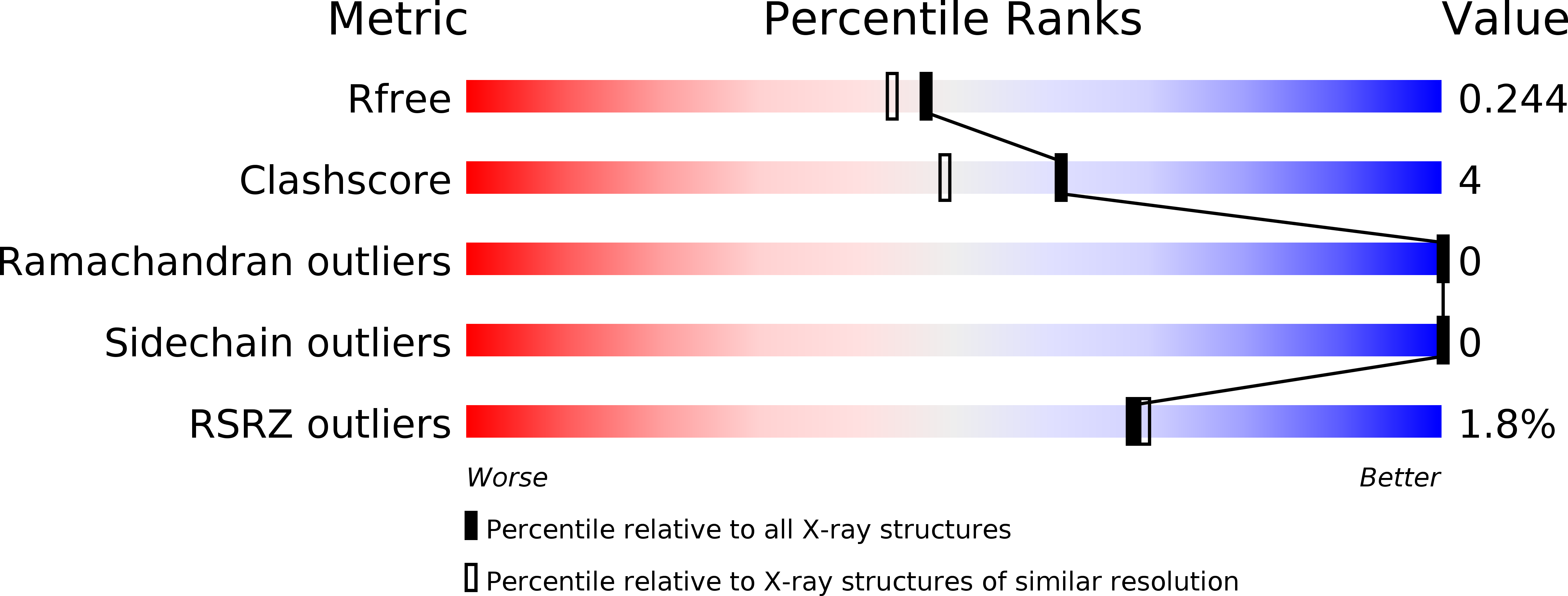
Deposition Date
2018-01-02
Release Date
2018-05-30
Last Version Date
2024-10-09
Entry Detail
PDB ID:
6C0T
Keywords:
Title:
Crystal structure of cGMP-dependent protein kinase Ialpha (PKG Ialpha) catalytic domain bound with N46
Biological Source:
Source Organism:
Homo sapiens (Taxon ID: 9606)
Host Organism:
Method Details:
Experimental Method:
Resolution:
1.98 Å
R-Value Free:
0.24
R-Value Work:
0.20
R-Value Observed:
0.21
Space Group:
P 42


